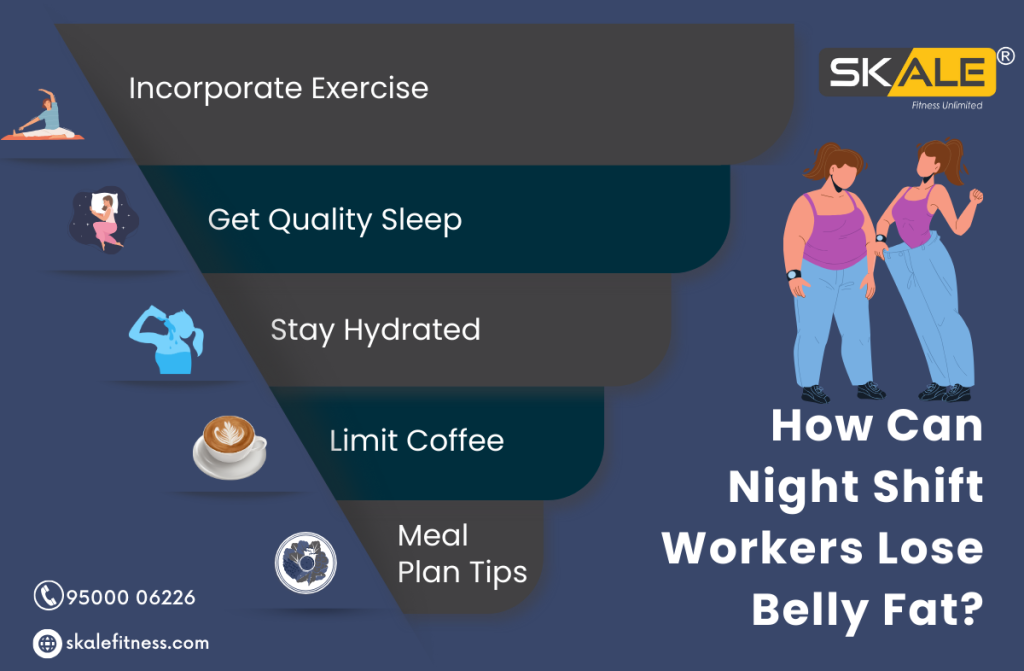In the hustle and bustle of our daily lives, finding time for a workout can be a daunting task. That’s where High-Intensity Interval Training (HIIT) comes to the rescue, offering a time-efficient and effective solution for busy individuals. The benefits of HIIT workouts for busy people and provide a simple yet impactful HIIT workout program that can be seamlessly integrated into even the tightest schedules.
What is HIIT workout?
High-Intensity Interval Training (HIIT) is a fitness regimen characterized by short bursts of intense, full-body exercises alternated with brief periods of rest or lower-intensity activity. The focus is on pushing your body to work at maximum effort during the high-intensity intervals, which could include activities like sprinting, jumping, or strength exercises.
The short, intense nature of HIIT not only enhances cardiovascular fitness but also promotes calorie burn and improves metabolic rate. Its time-efficient format, often completed in under 30 minutes, makes HIIT popular for those seeking effective and time-sensitive workout routines.
Best HIIT Workout Regime for Busy People
A time-efficient HIIT (High-Intensity Interval Training) regime for busy individuals involves short, intense bursts of exercise followed by brief rest periods. Try a 20-minute session comprising 30 seconds of all-out effort—such as sprinting, jumping jacks, or burpees—alternated with 30-second rest intervals. Include diverse exercises targeting various muscle groups to maximize benefits.
Warm up for five minutes before starting and cool down afterward. This quick yet intense workout enhances cardiovascular health, burns calories post-exercise, and boosts metabolism. It’s adaptable, can be done anywhere, and fits into hectic schedules, making it ideal for those with limited time for longer workouts.

Benefits of HIIT Workouts for Busy People
Time Efficiency
HIIT workouts for busy people offer a time-efficient solution to exercise challenges. Recognized for their effectiveness, High-Intensity Interval Training (HIIT) maximizes results in short durations. In just 20 minutes, HIIT can surpass the benefits of an hour of traditional exercise, making it ideal for individuals with hectic schedules. The efficiency of HIIT workouts for people allows them to achieve fitness goals without compromising time commitments, providing a convenient and effective solution for those navigating jam-packed calendars.
Increased Metabolism
One of the key benefits of HIIT workouts for busy people is the significant boost in metabolism they provide. The intense bursts of activity followed by short rest periods keep your body working hard even after the workout is over, leading to an increased calorie burn throughout the day. This makes HIIT a powerful tool for those looking to manage their weight despite a hectic lifestyle.
Creating a HIIT Workout Program:
Warm-Up (5 minutes)
Before diving into the high-intensity intervals, it’s crucial to prepare your body with a proper warm-up. Spend five minutes engaging in light cardio exercises like jogging in place, jumping jacks, and dynamic stretches. This helps increase blood flow to your muscles and reduces the risk of injury during the intense workout ahead.
HIIT Intervals (15 minutes)
Engage in efficient HIIT workouts for busy people by incorporating three dynamic exercises targeting diverse muscle groups. Perform each exercise, such as squats (lower body), push-ups (upper body), and mountain climbers (core and cardio), for 45 seconds, followed by a 15-second rest. Repeat this cycle for three rounds, with a one-minute break between rounds. This time-effective routine maximizes calorie burn and muscle engagement, making it ideal for individuals with tight schedules, providing a quick and impactful solution within a busy lifestyle.
Cool Down (5 minutes)
After the intense intervals, it’s essential to cool down gradually. Spend five minutes doing static stretches that focus on the muscles you’ve worked during the HIIT session.
Customizing Your HIIT Workout:
Adapting to Your Schedule
One of the beauties of HIIT workouts for busy people is their adaptability. Whether you have 20 minutes or 30, you can customize the program to fit your schedule. Short on time? Increase the intensity during the intervals. Have a bit more flexibility? Add an extra round to extend the workout. HIIT is all about making the most of the time you have.
Incorporating Variety
To keep things interesting and target different muscle groups, switch up the exercises in your HIIT workout. You can include bodyweight exercises, use dumbbells, or even incorporate cardio elements like sprints or jumping rope. Adding variety not only prevents boredom but also challenges your body in new ways, promoting continuous improvement.
Best HIIT Workout Regime for Busy People
HIIT (High-Intensity Interval Training) is ideal for busy professionals looking to burn calories quickly without needing a gym membership. These workouts can be performed at home with minimal equipment like kettlebells, dumbbells, and medicine balls.
Advantages of a Home Gym:
- No need to commute to the gym
- Flexibility to workout whenever and however you want
- No waiting for equipment
- Fewer distractions
- Customizable to your needs
6 HIIT Workout Routines
Day 1: Routine 1
Duration: 7 minutes
Equipment: None
Difficulty: Beginner
Flow: 30 secs exercise, 15 secs rest
Exercises:
- Side to side jump
- Jump squats
- Punch left to right
- Crunch those abs
- Dip and swing
- Side to side kicks
- Touch the floor (legs back)
- Tight tummy
- Tight jump
Day 2: Routine 2 (Tabata Style)
Duration: 8 minutes
Equipment: Kettlebell
Difficulty: Beginner + Intermediate
Flow: 20 secs exercise, 10 secs rest
Exercises:
- KB swings
- KB lunges (right arm)
- KB thrusters
- KB lunges (left arm)
- KB snatch (right arm)
- KB squats
- KB snatch (left arm)
- KB deadlift
Day 3: Routine 3
Duration: 7 minutes
Equipment: None
Difficulty: Beginner + Intermediate
Flow: 45 secs exercise, 15 secs rest
Exercises:
- Half burpees
- Plank alternating toe taps
- Side plank hold
- Low plank to high plank
- Butt kicks
- Knee taps
- Jumping squats
Day 4: Routine 4
Duration: 10 minutes
Equipment: None
Difficulty: Beginner + Intermediate
Flow: 45 secs exercise, 15 secs rest
Exercises:
- High knees
- Low plank to high plank
- Half burpees
- Toe touches
- Squat jump
- Side plank
- Alternate lunges
- Jumping jacks
- Hip thrusts
- Butt kicks
Day 5: Routine 5
Duration: 8 to 10 minutes
Equipment: None
Difficulty: Beginner + Intermediate
Flow: 45 secs exercise, 25 secs rest
Exercises:
- Low plank to high plank
- Burpees
- Side plank up and down
- Explosive push-ups
- Switching mountain climbers
- Seated leg flutter
- Boat hold
Day 6: Routine 6
Duration: 15 minutes
Equipment: Dumbbells
Difficulty: Beginner + Intermediate
Flow: 45 secs exercise, 15 secs rest
Exercises:
- Drop squats
- Deadlifts
- Front lunges
- Kneeling step-ups
- Single leg deadlifts
- Lateral lunges
- Bent over rows
- Upright rows
- Hammer curls
- Seated military press
- Floor chest press
- Floor skull crushers
- Knee tucks
- Pull through
- Hold the world
Day 7: Active Rest
- Light activities to aid recovery
- Stretching exercises if you have extra time
Tips for Success:
- Warm up before exercising if you feel stiff.
- Cool down with stretching exercises on days when you have more time.
- Maintain a healthy diet to fuel your body and boost metabolism.
By following these routines consistently, you’ll burn fat, build muscle, and improve endurance in just 15-20 minutes a day.
Basic HIIT Principles
Work-to-Rest Ratio
The work-to-rest ratio is crucial in HIIT training. Common ratios include 1:1 (30 seconds of work, 30 seconds of rest) or 2:1 (40 seconds of work, 20 seconds of rest). Adjust the ratio based on your fitness level and goals.
Intensity Levels
HIIT should be performed at a high intensity, reaching 70-90% of your maximum heart rate during the work intervals. The intensity is what makes HIIT effective, so push yourself during each burst of exercise.
Progression and Adaptation
As you become fitter, gradually increase the intensity, duration, and complexity of your HIIT workouts. This progression ensures continuous improvement and prevents plateaus.
Common HIIT Mistakes to Avoid
Overtraining
Ensure you have adequate rest between HIIT sessions to allow your body to recover and prevent burnout.
Ignoring Rest Intervals
Rest intervals are essential for recovery and maintaining high intensity during the work periods. Don’t skip them.
Neglecting Form
Improper form can lead to injuries and reduced effectiveness. Always prioritize technique over speed
Conclusion
Incorporating HIIT workouts for busy people is a game-changer for anyone struggling to find time for regular exercise. The time efficiency, metabolic boost, and adaptability of HIIT make it the perfect solution for those with hectic schedules. Remember, consistency is key, so find a HIIT workout program that suits your lifestyle and stick with it.
Also, Read Best Gym in Anna Nagar.





